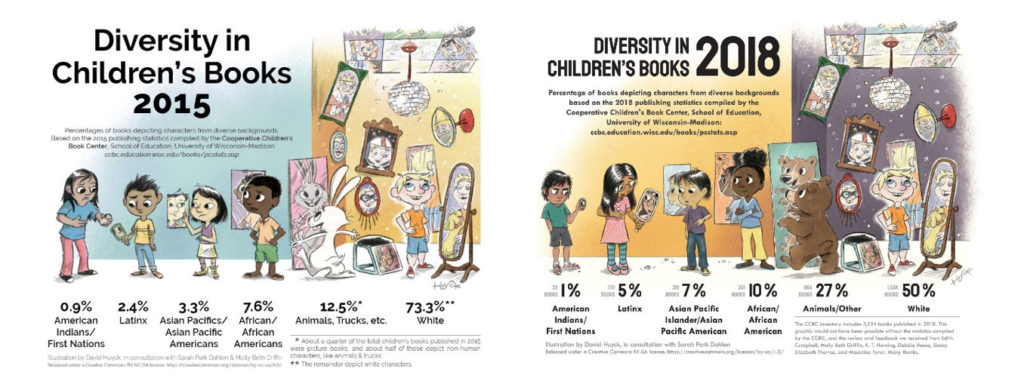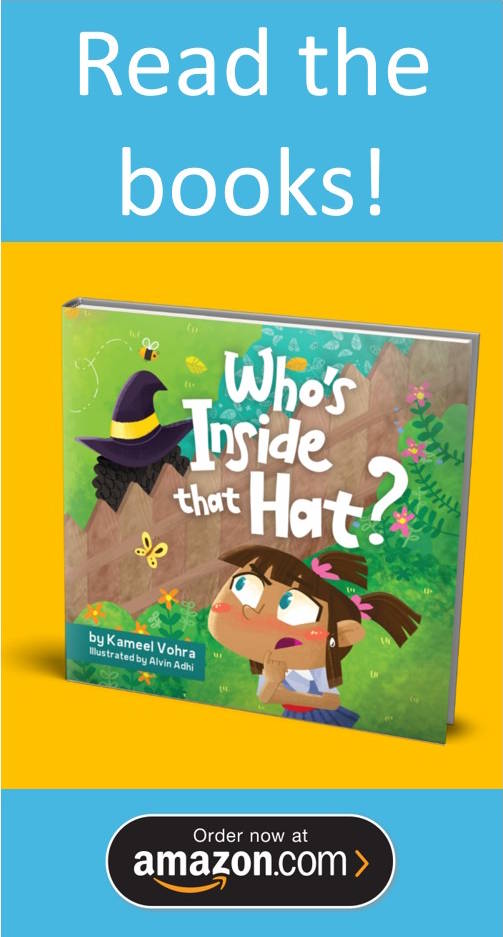Why kids need diverse books
I want my children to grow-up and be whatever they want to be. To have a fair and equal chance at whatever opportunities they may find. That’s all. Unfortunately, that isn’t the reality we have today. Though we’ve made huge strides in diversity and inclusion, there’s a long way to go before prejudice views won’t disadvantage people because of their color, race, religion, gender, disability or sexual orientation.
This is something that no amount of policy will ever be able to fix. It’s about how someone feels, it’s about what they’ve been taught. It’s about education.
Why picture books for young children
Children become aware of social stereotypes by age six, and form views on what career they want by the age of thirteen. If they don’t interact with different groups, they need to get that information from their parents, teachers, books and other media. Which is why it’s so important for children to read diverse books. Exposure and conversations about diversity at an early age, helps to children to develop an inclusive view. It helps kids to visualize themselves, and others, in a wide range of roles.
What are we teaching our children?
As an exercise, I asked my kids to draw a scientist and a teacher. They both drew a male scientist and a female teacher. It was disappointing, but not surprising, there are so many studies highlighting the stereotypes we expose our children to. For instance, a study by UNESCO revealed that barely six percent of STEM books (Science, Technology, Engineering and Maths) use girls in their illustrations. Annual studies by the University of Wisconsin-Madison show that children’s books have a lack of diversity. They don’t adequately represent racial diversity, let alone gender diversity. Why does our educational material not portray girls in technology roles?

Persistent, subconscious images of stereotypes that start at the earliest ages, likely contribute to why fewer girls are interested in STEM fields than boys, and why people with non-white names find it more difficult to get jobs. By fixing the lack of representation, the children’s book publishing industry and children’s authors, have an opportunity to help stop the creation of unconscious bias.
It’s not just about books for girls or people of color
Diversity in children’s literature does not just mean books for girls, or books for children of color. Similar to how it’s important to have men to help champion female diversity in the office, it’s just as important for boys to see girls in their books. For children of all ethnic backgrounds, to see a good diverse mix of characters in their literature.
Whether multicultural books are made by diverse authors or not, is not as relevant. The focus is on providing high quality diverse literature for children. So if you’ve got a good manuscript, or a great idea for a picture book – please publish it!
What we’re going to achieve (TLDR)
In short, diverse children’s literature is an essential educational component for young children. It helps them better understand diversity. Laying down foundations for a more equitable and inclusive world. It’s desperately underserved, and that is something that I plan to change. We want these books in schools and in your book collection at home. Here’s hoping you enjoy reading some good diverse bedtime stories to your kids!


